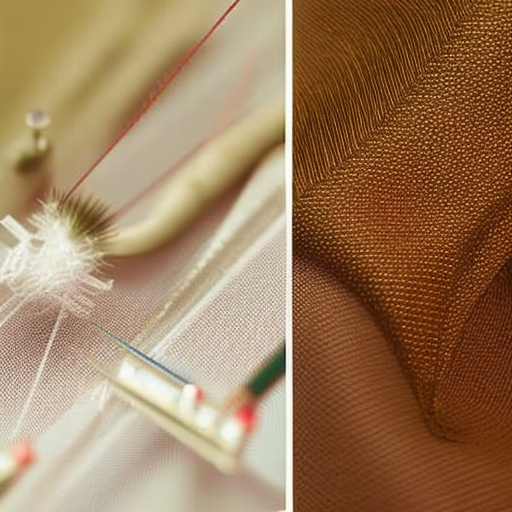Introduction to
Sew in techniques are popular hair extension methods that involve using a needle and thread to sew tracks
or wefts of hair onto braided natural hair. This technique is commonly used to add extra length, volume, or
desired hairstyles to one’s natural hair.

Sew in techniques offer various benefits, including:
- Long-lasting results
- Natural-looking appearance
- Versatility in styling options
- Protection for natural hair
- Ability to experiment with different hair textures
In this article, we will explore some popular sew in techniques and their benefits for achieving
beautifully enhanced hairdos.
Popular
1. Traditional Sew-In
The traditional sew-in technique involves braiding the natural hair into cornrows and sewing the wefts
onto the braids. This method provides a secure and stable foundation for the extensions. It is essential to
have a professional stylist handle the installation to ensure a seamless and natural appearance.
2. Partial Sew-In
Partial sew-ins are ideal for individuals who desire additional volume or length in specific areas of their
hair. This technique involves leaving some of the natural hair out at the top or sides while sewing in
extensions to enhance the desired areas. Partial sew-ins offer a more natural blend, and the remaining
natural hair can be styled to seamlessly blend with the sewn-in extensions.
3. Vixen Sew-In
Vixen sew-in is a versatile technique that allows for multiple styling options. It involves creating four
braiding sections: two horizontally and two vertically. The extensions are then sewn into these sections,
enabling the wearer to style their hair in various ways, such as ponytails, updos, or parting the hair in
different directions.
4. Flip Over or Quick Weave
The flip over sew-in technique, also known as a quick weave, involves using a wig cap to secure the
extensions instead of directly sewing them onto natural hair. This method allows for a quick and easy
installation, with the option to remove the extensions easily. However, it is essential to protect the
natural hair and scalp while using this technique.
Tips for Caring for Sew-In Extensions
Proper care and maintenance of sew-in extensions are crucial for their longevity and to ensure the health
of your natural hair. Here are some essential tips to keep in mind:
- Regularly cleanse and condition your scalp and hair beneath the sew-in.
- Avoid using heavy oils or products that can cause buildup on the extensions.
- Protect your hair at night by wearing a satin bonnet or using a satin pillowcase to minimize frizz and
breakage. - Be gentle when combing or brushing the extensions to avoid pulling on them or causing damage.
- Avoid excessive heat styling to prevent heat damage to both the natural hair and the extensions.
Conclusion
Sew in techniques provide a practical and versatile solution for individuals seeking to add length,
volume, or different hairstyles to their natural hair. From the traditional sew-in to the vixen sew-in, the
options are vast, catering to various needs and preferences.
Remember, it is essential to consult with a professional stylist for the best results and proper care of
your sew-in extensions. With proper care and maintenance, sew-in techniques can transform your look and
help you achieve the hair of your dreams.




